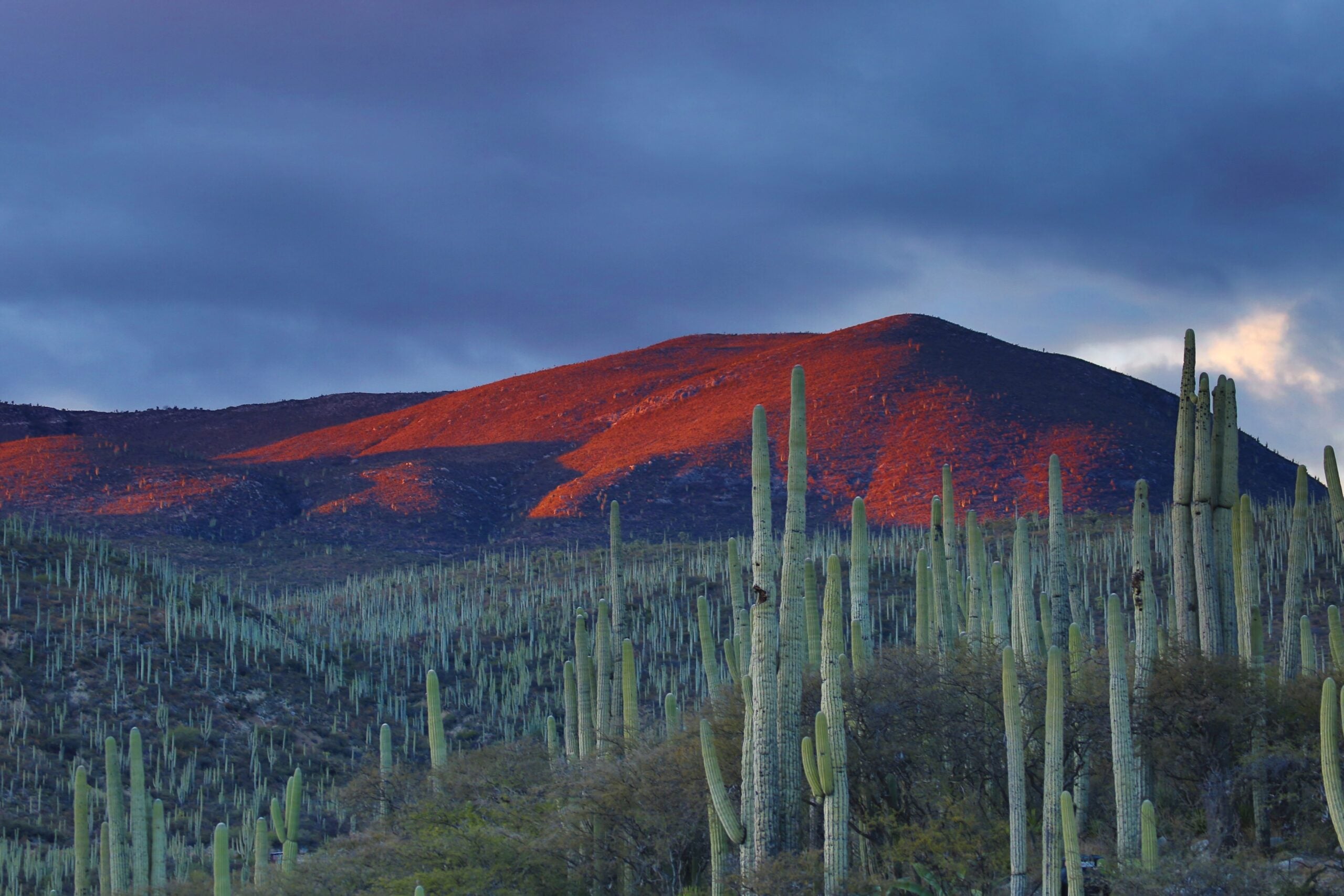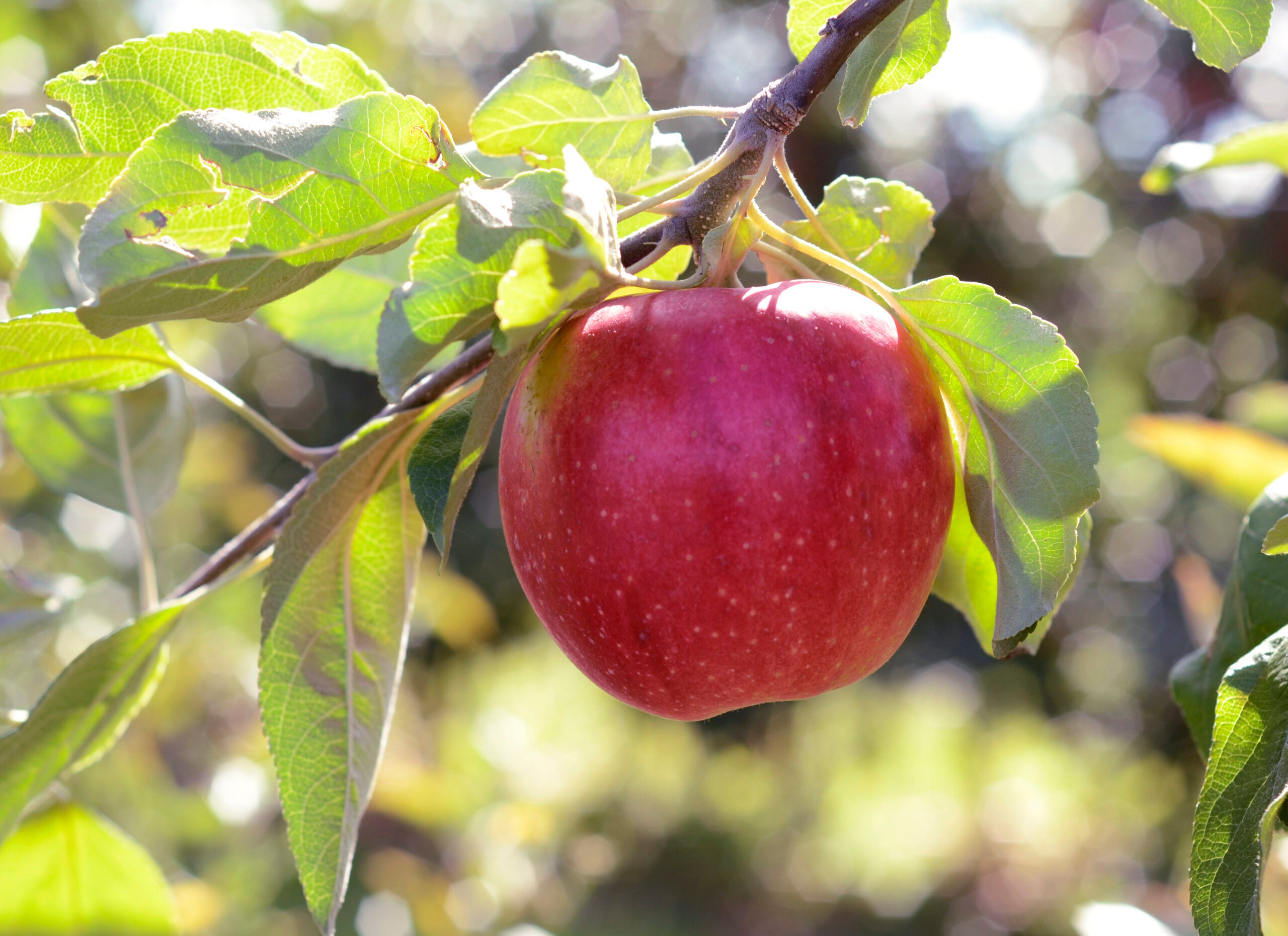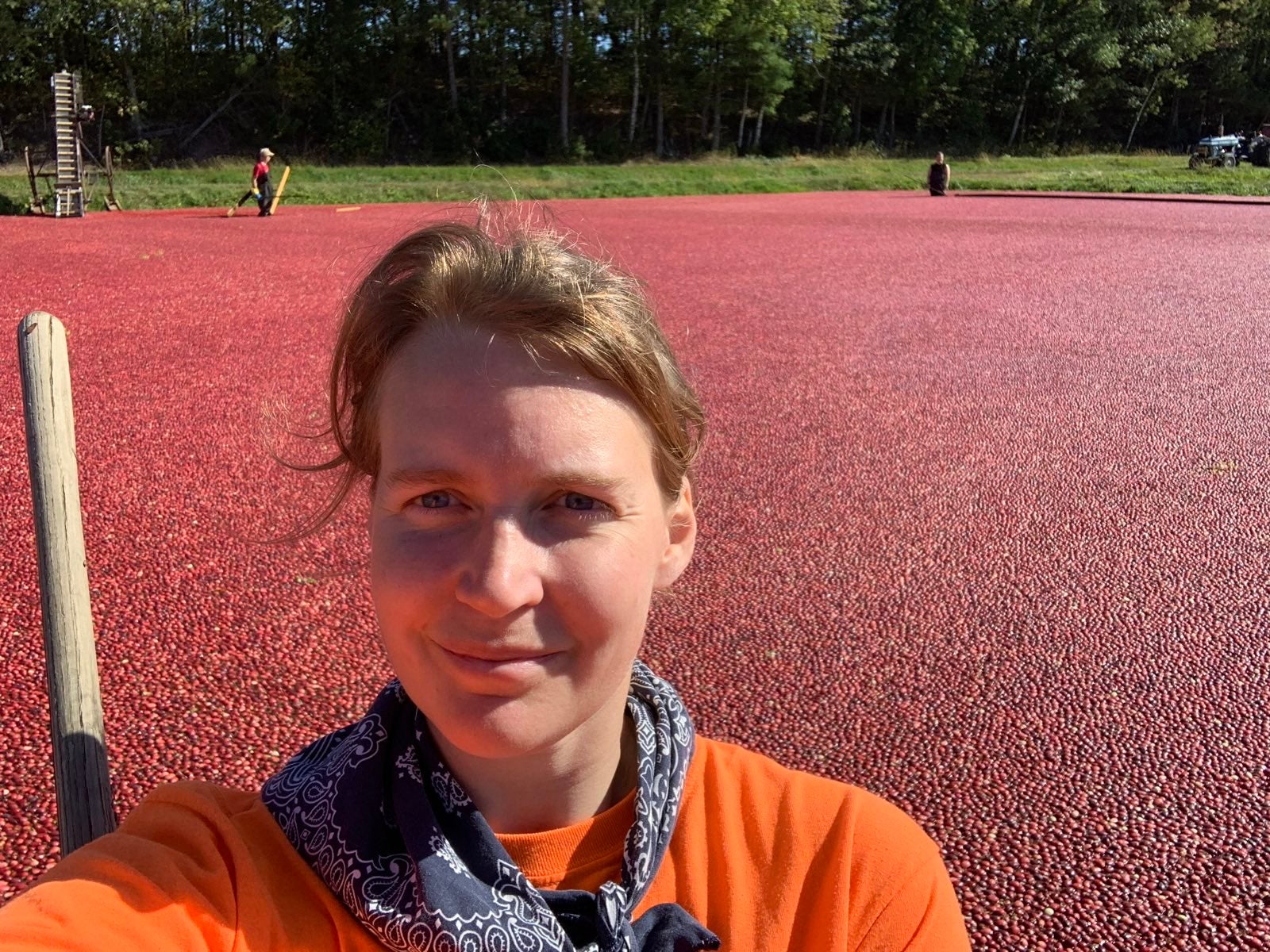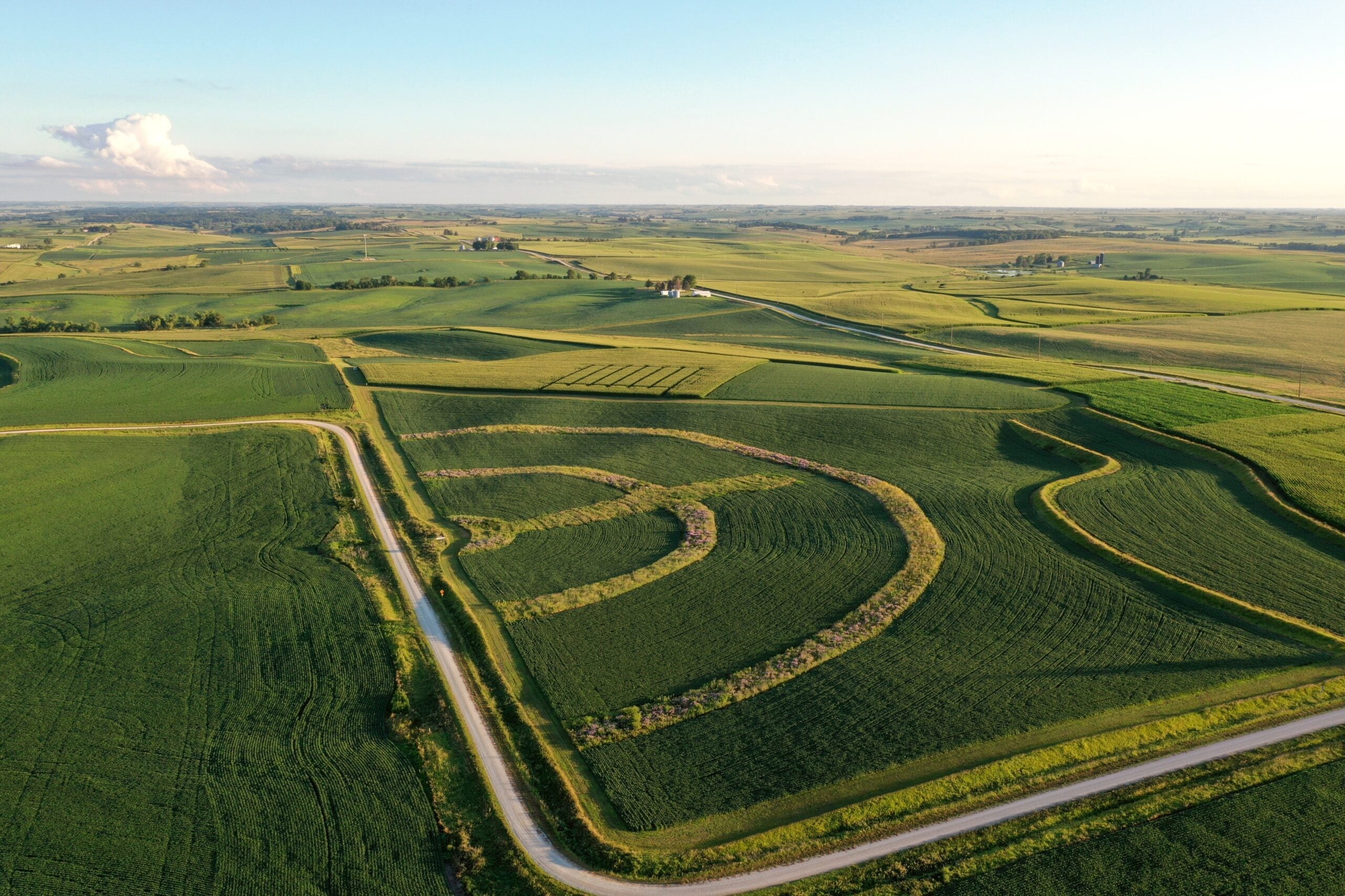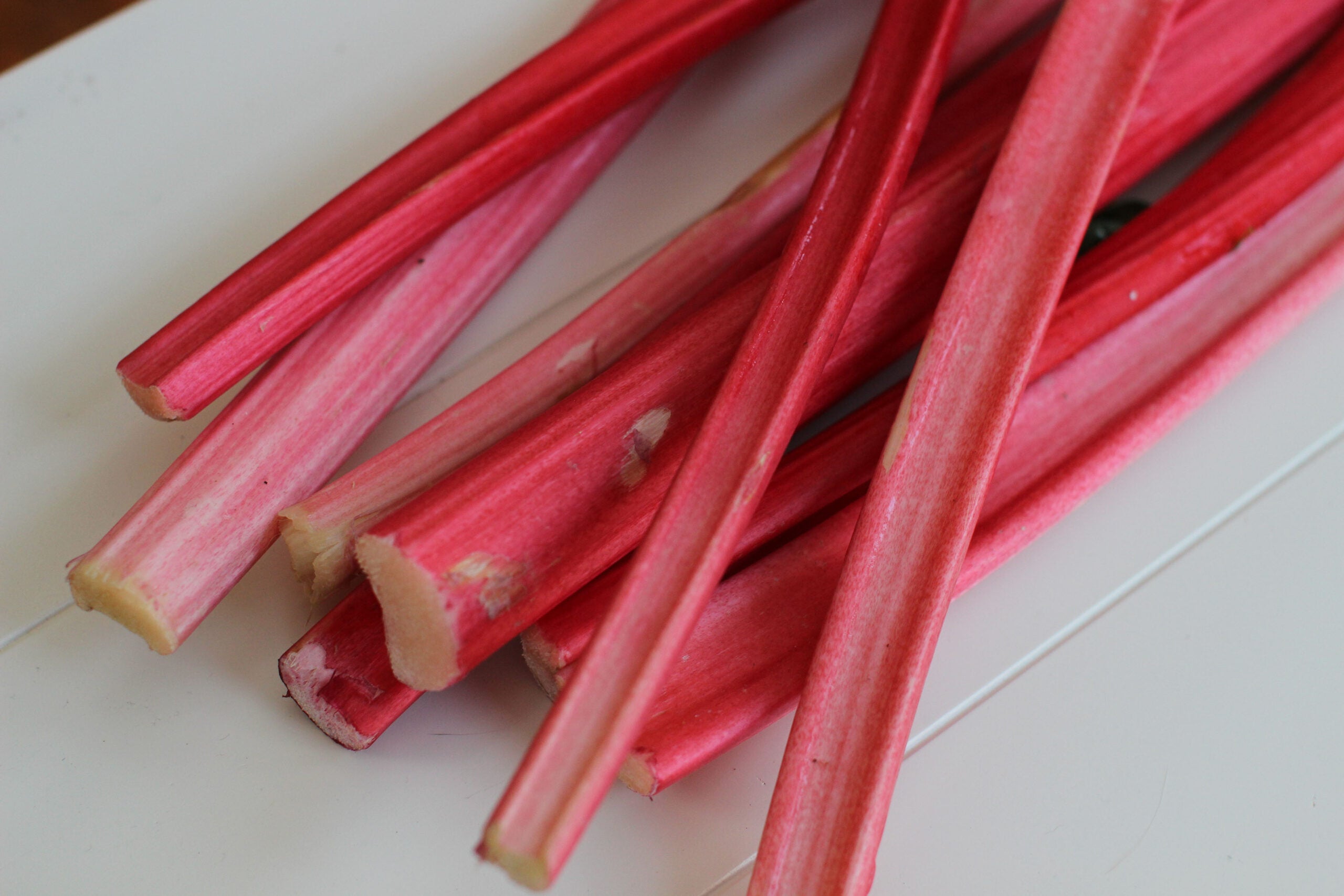Ethnobotanist Gary Paul Nabhan has been called the “father of the local food movement.” For decades, he’s campaigned for seed diversity and sustainable food production. Some of his insights come from the farming practices of Indigenous people living near the U.S.-Mexico border, who’ve grown food in arid habitats for centuries.
Originally from the Midwest, Nabhan moved to the Arizona desert several decades ago. He likes to talk about the wisdom of the desert — thinking about what it takes to survive in such a harsh environment. Nabhan says it makes people appreciate virtues like frugality, slowness and generosity.
Nabhan is also an ecumenical Franciscan brother, a seed bank co-founder, and an author of books on everything from chili peppers to sustainable farming. He’s waded into the fraught politics of the Southwest — seeking what he calls a “radical center” where ranchers and environmentalists can come together to find common ground.
News with a little more humanity
WPR’s “Wisconsin Today” newsletter keeps you connected to the state you love without feeling overwhelmed. No paywall. No agenda. No corporate filter.
Speaking to Steve Paulson for the Kinship series from “To The Best Of Our Knowledge,” the self-described “contemplative ecologist, ethnobotanist and plant explorer” shared his complex relationships with plants and how we can find peace in ourselves from studying the desert landscape.
This transcript has been edited for clarity and length.
Steve Paulson: Contemplative ecologist. I like that. I have not heard that before. What does that mean to you?
Gary Paul Nabhan: It means that I combine my practice of contemplative prayer and deep listening each day with my openness to the natural world and the interactions between species in that wonderful world that we’re immersed in. And my practice extends into restoration and conservation of those psychological interactions between plants, animals and people.
SP: So, Gary, I think anyone who’s followed your career would think of you as a man of the Southwest, a chronicler of desert landscapes, the people who live there and the food that’s grown there. But you actually grew up in Gary, Indiana, which is a long way from the desert. How did you end up settling in Arizona?
GPN: I grew up in the Indiana Dunes, an arid landscape in the midst of the Midwest. I was a grandson of Lebanese Syrian refugees from the deserts of the Middle East, so I learned a lot of stories from my grandfather and my uncles about the deserts there.
I think I always had a preternatural attraction to deserts. And so I quit high school and within a year and a half of that, I landed in the Southwest deserts.
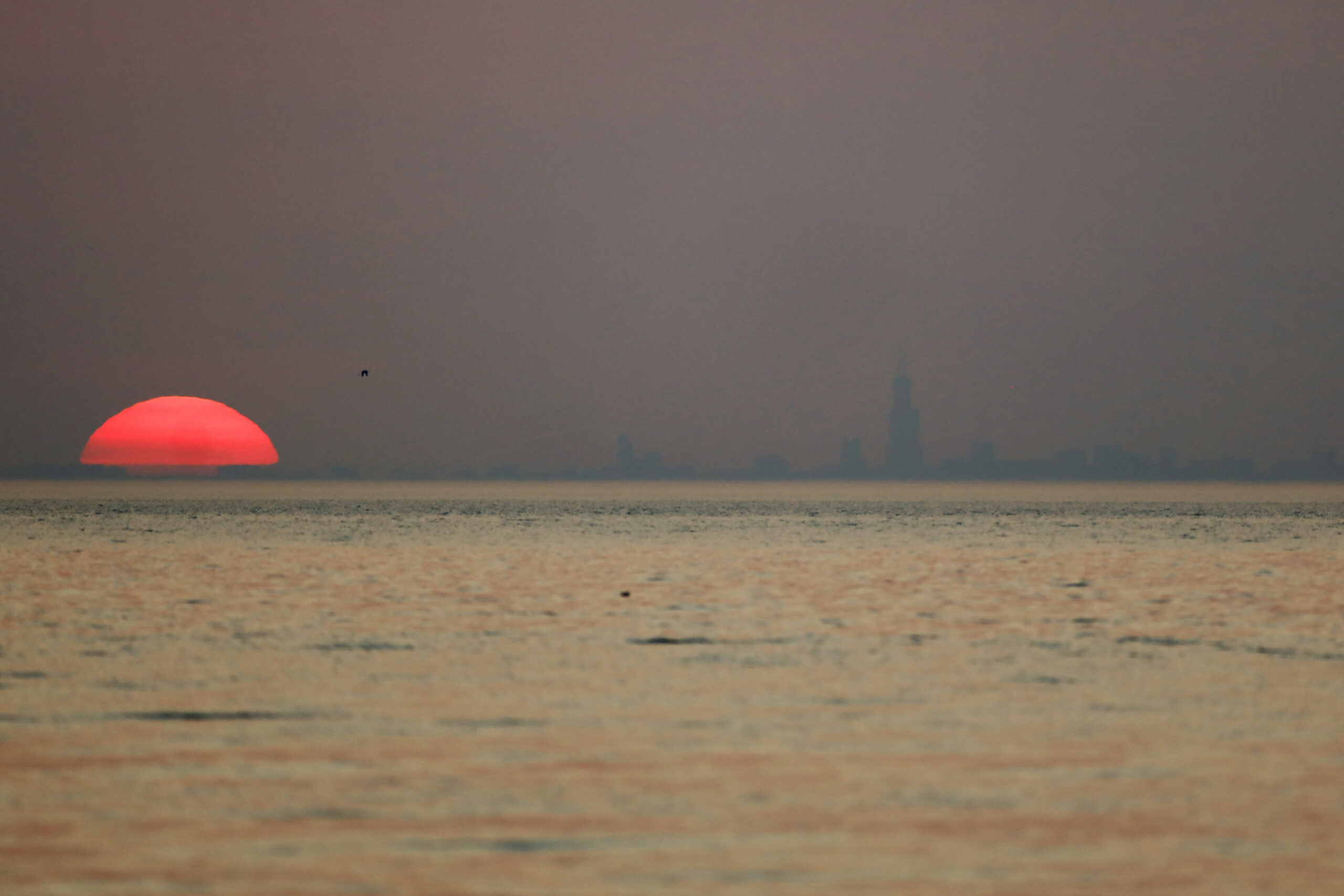
SP: What is it about the desert — the landscape and the culture — that you like so much?
GPN: Believe it or not, it’s the abundance and generosity of a desert. It’s not a barren place that’s lacking anything at all for me.
It teaches me the grace of frugality. Desert plants share water with one another, as well as nutrients.
And then it’s just a place where deep listening is easier than a lot of other landscapes in North America. The silence and solitude of the desert, as you know, has inspired contemplatives of Buddhist, Muslim, Christian and Hebraic traditions for millennia, and so I really feel that I’m not doing anything new here. I’m just part of those deep ancient traditions of listening in the desert habitat.
SP: Why do you think this particular landscape, the desert, is so conducive to that kind of listening?
GPN: The desert is a sparse but elegant place. There’s not much clutter and it’s easy to unclutter our minds, but it’s also easy to unclutter our ears. Listening there, sometimes you can hear a sound a mile and a half away. The echoes in desert canyons just ring through your body, to the deepest place in your soul.
SP: You have said that biological diversity and cultural diversity are intimately connected with each other. And how do you see that where you live, in this Sonoran Desert right along the US-Mexico border?
GPN: The deserts of the Southwest overall retain more biological diversity than any other place in North America, other than perhaps some of the Sierra, Nevada in California and Great Smoky Mountains National Park. It’s because of those edge effects — or ecotones — of tropical, arid and temperate coming together in one place.
But because of that range of natural resources of foods and medicines, it attracted an enormous number of Indigenous cultures who were among the last to give up nomadic hunter-gathering and ancient agricultural practices of all the cultures in North America. Their ceremonial lives and their connections to plants and animals are still strong. It’s not a thing of the past — it’s very alive.
So to me, my connections with Native Americans are almost daily and intimate. And my connections with the plant and animal life that they’ve drawn upon and nurtured for thousands of years is also daily.
SP: Of course, one of the great challenges for anyone living in the desert — animal, plant or human is how to survive with so little water. What have been some of the strategies for living in an environment that is so dry?
GPN: Well, people, like the desert itself, are very frugal with water. They know how to store water. They use probably one tenth of the water that people do in big cities, like (Los Angeles) and Phoenix, per capita by growing drought tolerant crops, by harvesting water — not only off their tin roofs to put into cisterns, but harvesting water on the slopes above them, as I do in our orchard — to avoid over pumping groundwater.
Even in the preparation of food, many of their culinary preparation techniques use very little water. Sometimes you’re grinding seeds down to fine talcum-like powder, much finer than most wheat and corn meals, and then adding water or juices from cacti, but using one tenth of the water that we might use to make oatmeal or a cornbread.
SP: What are some of those drought resistant crops?
GPN: Our perennial agriculture looks unlike anything that farmers in temperate zones would understand as agriculture. It includes dozens of species of prickly pear cacti and saguaros — (which) I think many of your audience have seen in westerns and other movies.
It also has a lot of sensory plants or agaves, which is something that I’ve studied and gardened with and loved. I grow 55 species of agaves, mezcal or century plants on our land. I’ve recently finished a contemplative garden where there’s the iconic Mandala symbol, but 50 different species of that genus make the composition of the garden. They use about one fifth to one half of the water that any of the major contemporary, conventional crops that most Americans eat each day utilize.
SP: You mentioned that you are a Franciscan brother and of course, St. Francis was said to have been able to talk to animals, maybe plants, too. Do you talk to animals and plants?
GPN: I do. And I probably feel more comfortable talking to plants than I do people. I just feel this affinity, I don’t know why.
A lot of my scholarly research now is trying to figure out the lexicon of floral and herbal fragrances that plants use to communicate with one another, with pollinators, predators and herbivores, and with us.
A lot of my contemporary research goes back to my first book, where a little 8-year-old Indigenous child said to me, “for me, the desert smells like rain.”
Most people from the desert immediately know what he means, that when a rain comes, there’s this enormous feeling of elation, because at least two dozen volatile oils from dozens of different plants are released into the air. And it’s because the plants are communicating with each other and with animals, spadefoot toads and other animals that have been buried during the dry season, all emerge with those fragrances and the change in humidity and ozone content in the air.
I’m trying to look at those different fragrances almost as letters in the alphabet of how plants communicate with their pollinators and with us.
SP: Do you have personal relationships with any particular plants?
GPN: I feel such deep affinities with some plants that sometimes I worry that I’m polygamous.
I mean, I wrote a book on my love affair with mesquite trees, where after my first concussion, I was just so disoriented. It really stripped me down and worked me over. I would just get so fatigued because of the visual disorientation that I would sit down below a mesquite tree and begin to meditate and fall asleep. And I just felt I was absorbing through osmosis, the spirit of the mesquite tree; it cradled me. It was a nurse and a friend and a mentor.
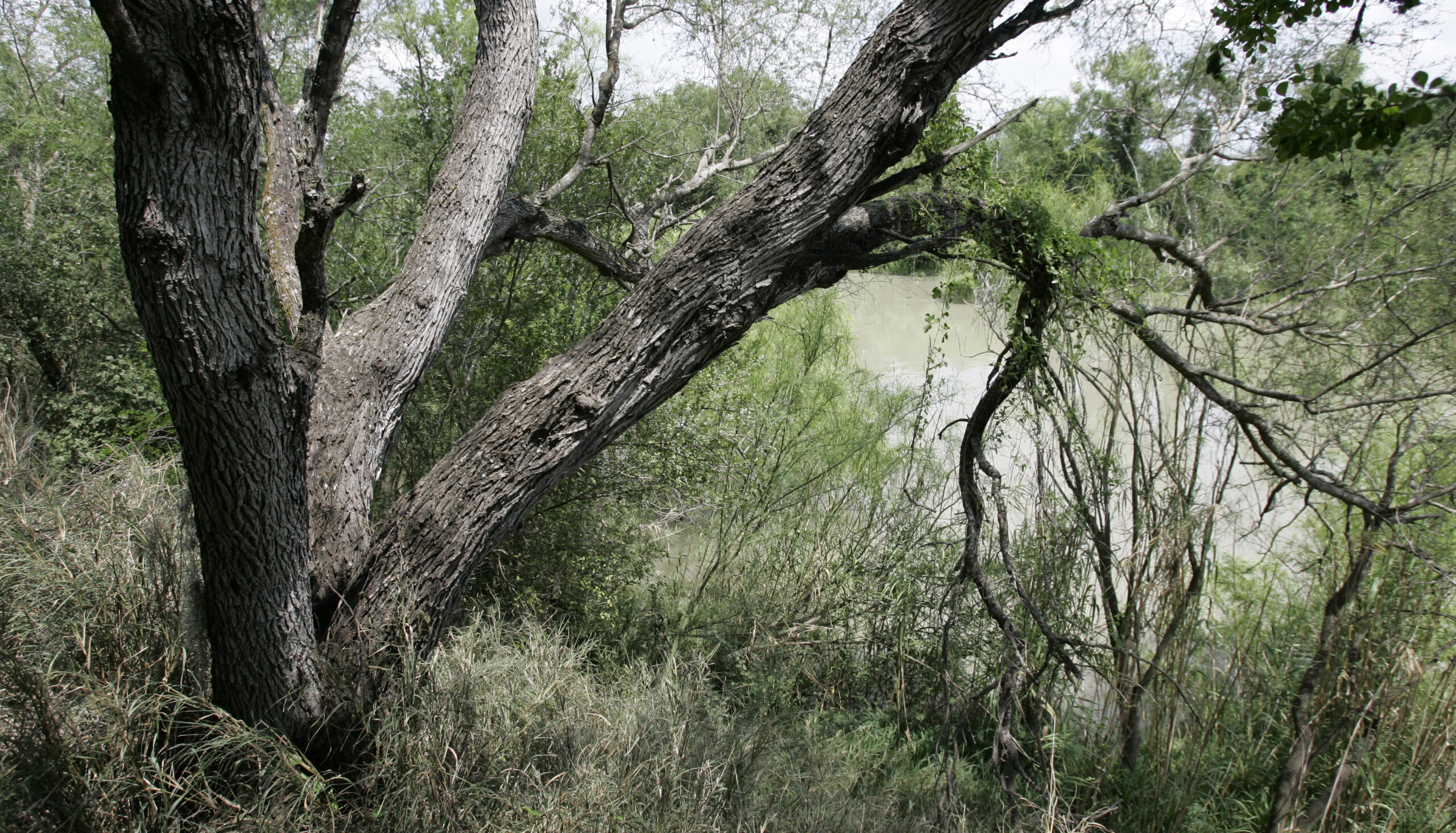
And it was really, without words, of course, teaching me lessons of how to live at this point in my life. It helped me savor silence and the quiet rustling of leaves and the quiet interaction between beings more than I ever had a chance to do in our overly busy lives.
I’m just so grateful that at the time when I was most broken, the mesquite trees rescued me.
SP: That’s just lovely to hear you describe that. Now you mentioned that you have known a number of the Native Americans who live in this area. I mean, you are not Native yourself, but I know you’ve worked closely with some of the Indigenous people in that area who’ve been there for thousands of years. What have you learned from them?
GPN: One of the most deeply moving realizations that they offered me was their sense that plants have personhood, like the saguaro cacti. That in their stories, the first saguaro was a child that sank into the earth after neglect of his community. (The child) reemerged as a saguaro cactus to remind them that they cannot neglect their children or the plant life around them.
And recently I’ve worked with seven transborder tribes — that’s Indigenous communities on both sides of the border — who saw tens of thousands of saguaros, which they consider sacred, and that they use in sacraments in their own ceremonies, tens of thousands bulldozed with the building of the border wall.
We (are working) together to pass a resolution that is now moving tribe to tribe to grant saguaros legal personhood equal to that of humans. And to put people on notice — they cannot treat the life of saguaros as something expendable or as a commodity.
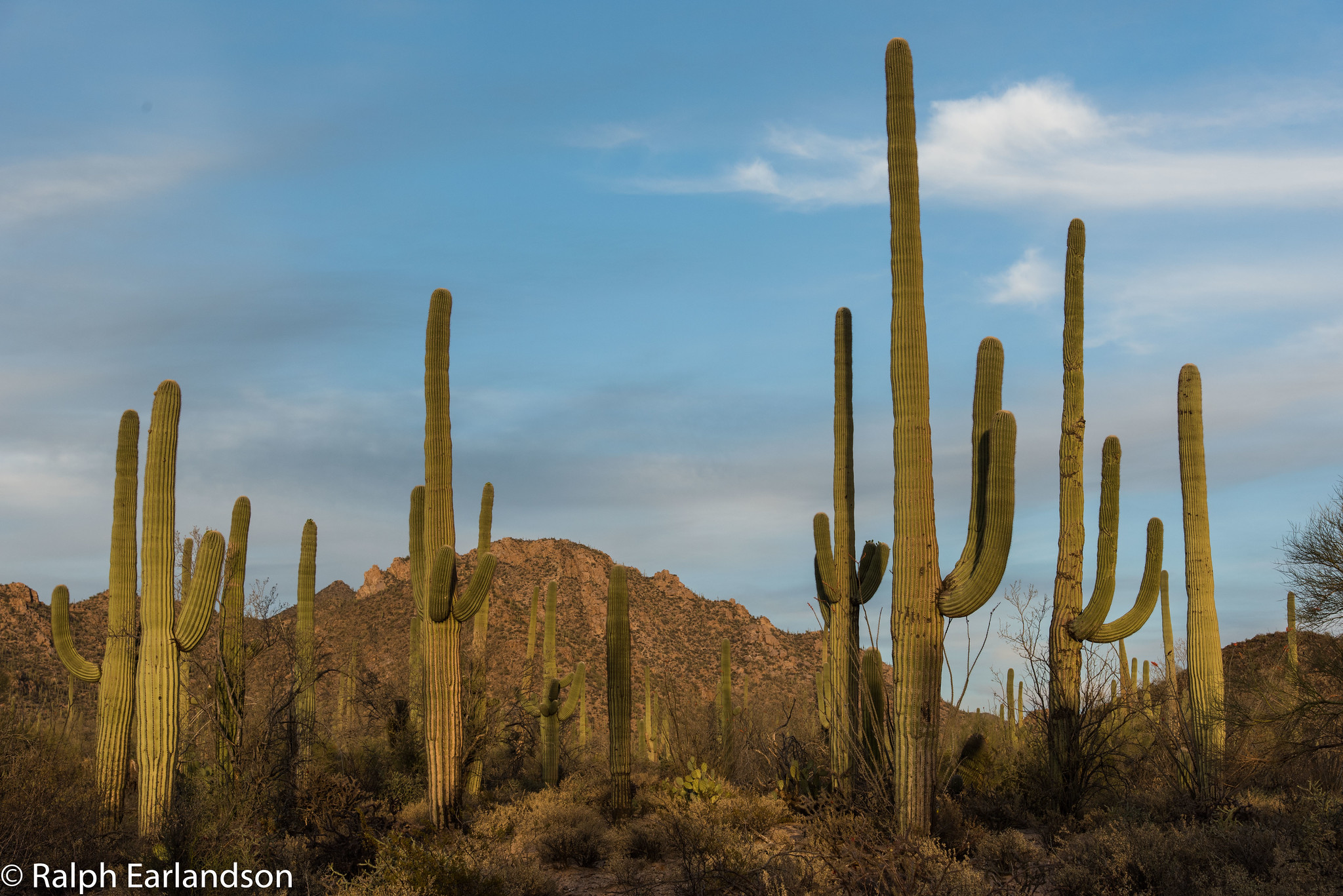
SP: So what does it mean to see a saguaro cactus as a person? And I don’t mean just as a legal concept, but as something more than that.
GPN: It’s not anthropomorphism, it’s not making a saguaro into a human because they have arms. Though sometimes, because of old wounds, it looks like they have mouths and eyes.
It’s really more about their stature, their dignity, their austerity, and their elders — (some of) the saguaros around my office in Tucson are 180 to 300 years old. If you live around them your whole life, you begin to respect them as elders of another kind.
I just feel like their woundedness is worn on their sleeves. You can see the scars of lightning strikes and drought and windstorms, and the saguaros offer that to us too. That there’s no way we can get out of this world alive without suffering, but they wear their suffering as a badge of courage.
SP: Gary, you have been a leading figure in sustainable agriculture and in local food movements for decades. And my sense is that you see healthy food production as the key to healthy culture and a healthy environment. Why is food so central to your thinking?
GPN: The way we produce, transport and process our food is the largest contributor to greenhouse gasses on this planet. If we’re going to heal this planet and make it more resilient in the face of climate change, we need to adapt the way we produce food to each place where we’re growing it, rather than wholly remaking the environment to fit the crop.
And so desert agriculture should use the plants like agaves and prickly pear and mesquite trees that are exquisitely adapted to surviving the extremes of 120 degree heat and extended drought, rather than coming in with center pivot irrigation and greenhouses, and thinking that because we can produce more food per square foot that way, that somehow that’s sustainable.
SP: So this is the argument for why local food is so important.
GPN: Yes. I’m focused on the plants that we should have in the repertoire of healthy food systems here, because they also deal with the most pressing human needs. In our case, in the southwest of Northern Mexico, there’s an epidemic of diabetes and childhood obesity.
We really have put all Indigenous peoples — whose bodies are literally adapted to their place and the diets that are possible there — at a disadvantage by bringing these cheap foods, and those have caused the diseases of Western civilization.
If we don’t have agriculture in any region in this country that simultaneously addresses land health, human health and community economic health, we’re missing the boat.
SP: So all of this sounds so important. It sounds so good, but I do wonder if it’s possible to feed 7 billion people using sustainable farming methods.
GPN: I think we have to break that down and say, how can we feed the people in the desert without bringing water 500 miles across a desert in canals with high evaporation to create a 10 to 20 year temporary artificial oasis.
If we don’t get our agriculture so it produces more nutritious calories than empty calories — in a way that does not deplete the land of its nutrients and water — we’re fooling ourselves.
This interview excerpt is part of a podcast series on kinship with the more than human world, which is produced by To the Best of Our Knowledge in partnership with the Center for Humans in Nature. Learn more at ttbook.org/kinship.

